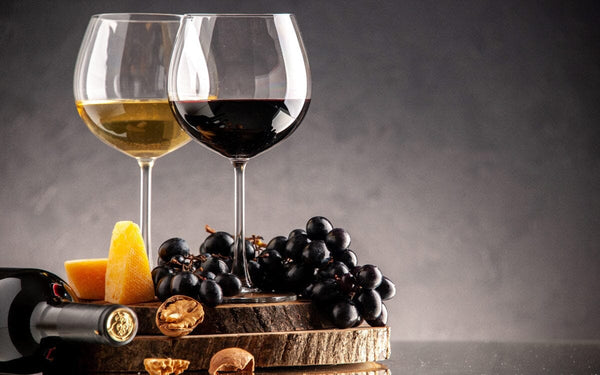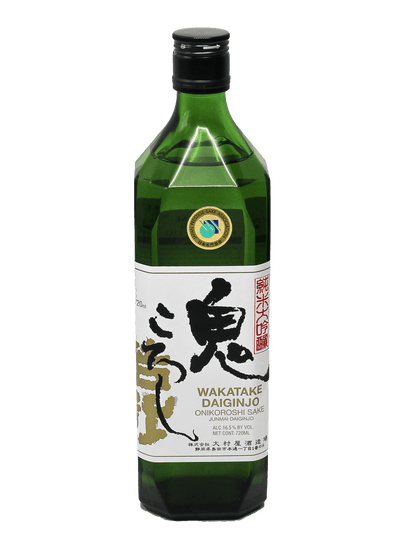What is Wine?

What is wine? There’s a simple answer to that question, and many more complex ones. In essence, wine is the results of the natural fermentation of sugars found in grape juice (known as “must”) by yeast that results in the production of CO₂, alcohol, and heat. The alcohol remains, forming wine. There are “wines” made from fruit, but technically these are not “wines,” which must be made from grapes.
Wine exists in many manifestations and takes many forms, colors, sensations, tastes, and levels of alcohol.
Let’s begin by discussing how wines are classified. It’s important to understand that there’s no single way to categorize them. For that reason, we may classify different types of wine according to several factors—production method, color, age, grape variety, added alcohol, and residual sugar levels. This information proves especially useful for those who are just beginning their journey into the world of wine.
Wine alcohol content can vary a lot, but to be a wine, the beverage must generally have at least seven percent alcohol by volume (ABV). These days, with climate change, many areas of California are producing wines with 16 percent ABV or more, and as we will see below, fortified wines actually have added alcohol. The Bottle Barn wine store has hand-curated collections of all kinds of wine.
Can wine go bad, even with that much alcohol. Absolutely! Once opened, wine should be consumed within a few days.
Let’s now look at the characteristics of red, white, rosé, fortified, and sparkling wines, which all form part of online wine.
Types of Red Wine and Their Characteristics

Red wine results from the fermentation of red grapes. Its deep, distinctive color comes from the grape skins, which have naturally occurring pigments as well as tannins.
Red wine production typically involves destemming and crushing the grapes prior to fermentation in tanks, vats, or barrels using yeast. There’s also, carbonic maceration, which entails fermenting whole, intact grape clusters in a sealed environment. One practical trait of red wines is their durability relative to most white or rosé wines.
Types of White Wine and Their Characteristics
White wine is made from the must of white grapes or from red grapes with unpigmented pulp, which must not macerate with the skins. White wines can appear in a range of hues, from golden yellow to greenish-yellow and straw.
White wines also fall into categories depending on their production process: young wines, barrel-fermented and barrel-aged wines, and aged fortified wines.
Also Read: What’s the difference between charred and toasted whiskey barrels?
Types of Rosé Wine and Their Characteristics
Rosé is a distinct wine style known for its vivid pink color. It’s a light-bodied, refreshing, and versatile alcoholic beverage, ideal for pairing with a wide variety of dishes. Rosé is produced by fermenting only the must, though it begins with a short maceration period lasting several hours to extract just enough color from the skins.
Rosés are often prized for their elegance and visual appeal. They tend to be fruit-forward, youthful, and approachable. Notably, rosé wines are meant to be enjoyed relatively quickly, as most are not made for aging.
Also Read: How is Rosé Wine Made?
Types of Sparkling Wine and Their Characteristics
Sparkling wines, also called espumantes in Spanish, are distinguished by the presence of dissolved carbon dioxide. For traditional method sparklers, this fizz is created through a secondary fermentation that occurs in bottle; other wines like Prosecco is made in sealed tanks, and then bottled. Because of the enclosed environment, the CO₂ produced cannot escape and is instead absorbed into the wine.
This secondary fermentation can be triggered by adding sugar, bottling the wine before primary fermentation is complete, or sealing the tank before fermentation finishes. Sparkling wines are effervescent and produce a noticeable foam (called mousse) when poured into a glass.
Types of Fortified Wines
Fortified wines are wines to which a distilled spirit—typically grape brandy—has been added, raising the alcohol content and enhancing preservation. This process, developed historically to stabilize wine during long sea voyages, creates styles ranging from dry to sweet. Notable examples include Port and Madeira from Portugal, Sherry from Spain, and Marsala from Italy. Fortification can occur before or after fermentation, influencing sweetness levels: early fortification halts fermentation and leaves residual sugar, while later fortification produces drier styles. Fortified wines often display complex, oxidative flavors and age well over time.
Wine Grapes (Varietals)
When we refer to wine varietals, we mean the grape varieties used to make particular wines. When you buy wine these days, you will often see wines distinguished by the varietal rather than the region.
Each variety has unique traits and can be cultivated in diverse regions. some of the most well-known grape types include Cabernet Sauvignon, Cabernet Franc, Merlot, Pinot Noir, Chardonnay, Sauvignon Blanc, and Pinot Grigio. There are, however, literally thousands of grape verities, so it’s always wise to look out for something new to try when you order wine online.
Types of Wine by Sugar Content
Wines can also be categorized based on their residual sugar content at bottling. There are four principal levels:
- Dry Wines: These contain between 0 and 5 grams of residual sugar per liter.
- Off-Dry Wines: These range from 5 to 15 grams of sugar per liter.
- Semi-Sweet Wines: These contain between 15 and 30 grams of sugar per liter.
- Sweet Wines: These exceed 30 grams of sugar per liter, with some going well beyond 50 grams.
How many calories are in a glass of wine? Let’s take a look . . .
|
Varietal |
Sugar Content (g/L) |
Calories per Glass (150 ml) |
|
Dry |
0 – 5 g/L |
0 – 6 calories |
|
Off-Dry |
5 – 15 g/L |
6 – 12 calories |
|
Semi-Dry |
15 – 30 g/L |
12 – 30 calories |
|
Semi-Sweet |
30 – 50 g/L |
30 – 72 calories |
|
Sweet |
+50 g/L |
+72 calories |
We hope you enjoyed learning about “what is wine?” and the types of wine. Next time you order wine online, try a few different kinds. Variety is the spice of life!
Related Blogs:


















Leave a comment